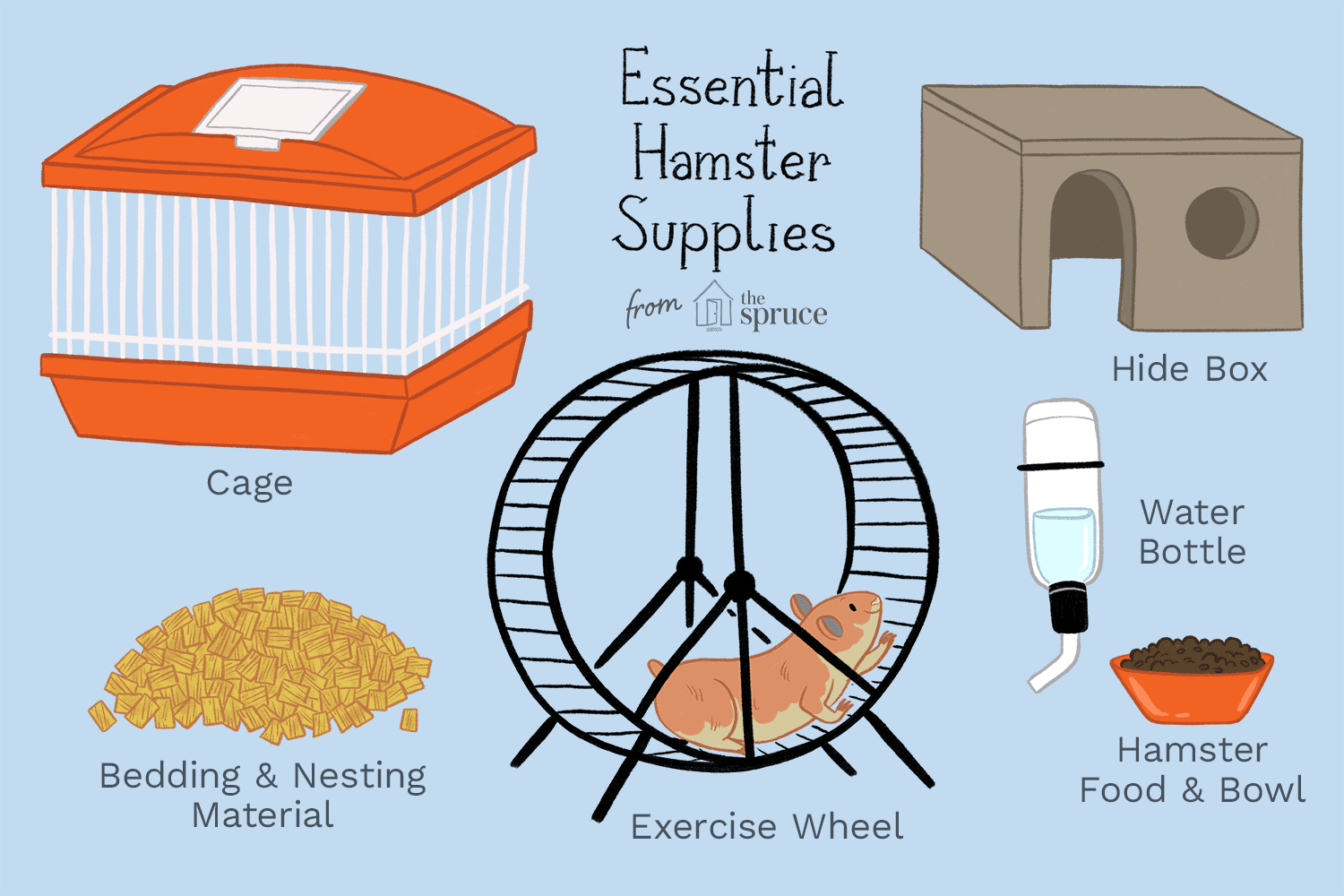Best Hamster for Care and Maintenance
If you’re considering bringing a fuzzy little companion into your home, knowing which hamster species best suits your lifestyle is key. With their small size and relatively low-maintenance needs, hamsters make fantastic pets, but the level of care can vary between different breeds. In this article, we’ll explore the best hamster types for care and maintenance, delve into their unique traits, and provide tips for a healthy, happy pet. To start, let’s discuss some popular hamster breeds.
Popular Hamster Breeds
When it comes to selecting the ideal hamster, there are several popular breeds that stand out. Each breed has its own characteristics that can influence care and maintenance. Notably, the **Syrian hamster**, often referred to as the golden hamster, is the largest breed, making it a great choice for first-time owners. This breed is generally more docile and can grow to be over 6 inches in length. On the other hand, **Dwarf hamsters**, such as the Roborovski and Campbell’s dwarf, are small but full of energy. They require slightly different care considerations, especially regarding social dynamics.
/Spruce-best-hamster-food-8581699-b2d02f89824a41ecbe5a43fa906a9acf.jpg)
Syrian Hamsters
**Syrian hamsters** are the most common type of pet hamster. These little guys are known for their friendly nature, which makes them ideal for handling. They are best kept alone because they can become territorial. Their cages need to be spacious, with plenty of toys and enrichment activities. It’s important to provide a proper diet, including quality hamster pellets and fresh fruits and vegetables. Make sure you clean their cage regularly to keep them healthy.
Dwarf Hamsters
If you’re leaning towards a smaller and more energetic option, **Dwarf hamsters** could be for you. These tiny creatures can be social and enjoy living in pairs or groups, depending on their breed. When caring for dwarf hamsters, consider providing a multi-level cage to let them explore, climb, and hide. Their diets should also include nutritious hamster pellets and occasional treats. Adequate socialization is key, especially for species like Campbell’s dwarf hamsters.
Essential Care Tips
Regardless of the breed you choose, certain care and maintenance practices align across all hamster types. From diet to cage cleanliness, these tips can help ensure your hamster leads a happy, healthy life. Setting a stable routine is very important for their overall well-being.
Feeding Your Hamster
Providing a balanced diet is crucial for your hamster’s health. Most hamsters thrive on a diet of commercial hamster pellets that are fortified with essential nutrients. Fresh vegetables and small pieces of fruit can also be included as occasional treats. Avoid giving them high-sugar or high-fat foods, as this can lead to obesity and health issues. It’s important to ensure the **hamster food** you choose is free from harmful additives and preservatives.
Cage Maintenance and Setup
A clean habitat is vital for maintaining your hamster’s health. Spot clean your hamster’s cage daily by removing soiled bedding and uneaten food. Every couple of weeks, do a thorough cleaning, and replace the bedding with fresh materials. Ensure that their sleeping area is cozy; providing shredded paper wheels or soft bedding can be perfect. Consider also the layout: hiding spots, tunnels, and climbing areas can help stimulate their natural behaviors.
Adopt a Routine
Something that all hamster owners should consider is building a regular care routine. This consists of daily interactions, feeding times, and cleanings. Establishing a consistent environment caters to their instinctual need for routine, making them feel safer and less stressed.
Daily Care Activities
Daily interactions, such as gentle handling, can improve your hamster’s comfort with you. This breed is typically alert and curious, showcasing behavior such as meal preparation and cage cleaning during the evening hours as hamsters are nocturnal. Additionally, make sure they have daily access to fresh food and water. Routine check-ups for their health will also help you catch any potential concerns before they escalate.
Enrichment and Play
Engaging your hamster through different forms of enrichment significantly impacts their well-being. Use various toys, tunnels, and exercise wheels — hamsters love exploring and running, which keeps them mentally stimulated as well. Create a safe play area where they can roam freely under supervision. This not only encourages physical activity but also strengthens the bond between you and your hamster.
Key Takeaways
- Choose a suitable breed based on your lifestyle (e.g., Syrian vs. Dwarf hamsters).
- Establish a daily care routine, including feeding, cleaning, and interaction.
- Consider proper housing with space and enrichment for playtime.
- Maintain a balanced diet with commercial pellets and occasional fruits/veggies.
- Provide a safe and stimulating environment to support your hamster’s well-being.
FAQ
1. What is the easiest hamster breed for beginners?
The **Syrian hamster** is often considered the best choice for beginners due to its larger size and generally docile nature. They’re easier to handle and enjoy interacting with their owners, providing a great introduction to hamster care.
2. How often should I clean my hamster’s cage?
You should spot clean daily, removing uneaten food and any soiled bedding. A full cage clean should occur every two weeks, ensuring a healthy environment and preventing odors.
3. Can hamsters eat fruits and vegetables?
Yes, hamsters can have small portions of non-toxic fruits and vegetables. Treats like carrots, apples, and broccoli can be beneficial, but always ensure these are fresh and offered in moderation.
4. How much space does a hamster need?
For Syrian hamsters, a cage at least 24 inches long is recommended. Dwarf hamsters can thrive in smaller cages, depending on their social needs and play activities. The more space, the better for exploration.
5. Are hamsters nocturnal, and when do they need interaction?
Hamsters are primarily nocturnal creatures, most active during evenings and nights. Therefore, arrange your interaction routines during their active hours for a more engaging and enjoyable experience.
—
In creating this article, various SEO strategies were employed alongside informative content to ensure pet owners embark on a well-informed hamster care journey.
